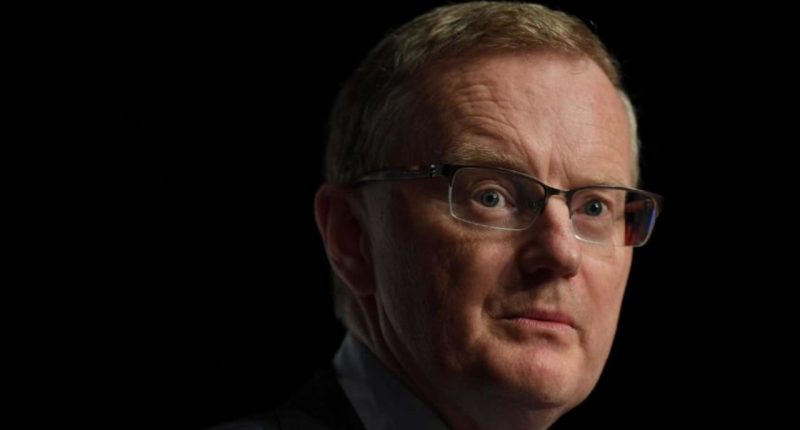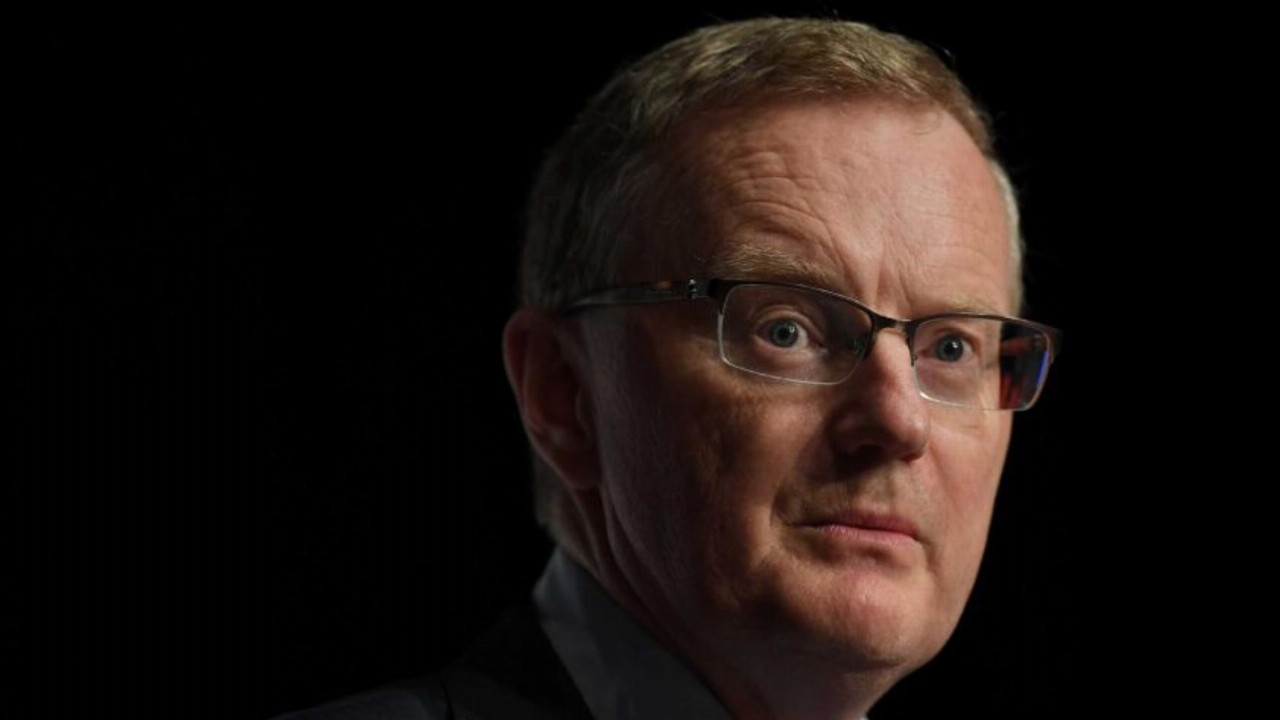- Australia’s restricted international borders might mean increased wages, according to Reserve Bank of Australia (RBA) governor Philip Lowe
- Mr Lowe says if the border remained closed for an extended period of time, the pressure of skills shortages in the labour market might build further
- “If so, aggregate wages growth would pick up more quickly than currently expected,” Mr Lowe says
- One plausible scenario for the opening of the borders put forward by Mr Lowe was a gradual one that would relieve some of the pressure on the labour market
- There has been a broadly parallel increase in labour demand and labour supply, which has been a factor in sluggish wage growth
Australia’s restricted international borders, according to Reserve Bank of Australia (RBA) governor Philip Lowe, are having a significant influence on the labour market.
Mr Lowe said that if the border remained closed for an extended period of time that the pressure of skills shortages in the labour market might build further.
“If so, aggregate wages growth would pick up more quickly than currently expected, but production and investment would be also be constrained,” he said.
However, despite border closures contributing to labour shortages in some areas, the spillover has only been modest for most workers.
“Most firms retain their strong focus on cost control, with many preferring to wait things out until the borders open, and ration output in the meantime,” he said.
The bank held the official cash rate at 0.1 per cent this week, stating that it does not expect wage growth or inflation to be high enough to warrant an increase until 2024.
The bank wishes to see wage growth of three per cent or more and inflation sustainably in the 2-3 per cent target zone before it lifts the rate, however many believe the RBA will be forced to move before 2024.
The bank also said that its bond easing programme will be reduced to $4 billion per week until at least November.
Mr Lowe said it was noteworthy that the positive “surprises on jobs have not been matched with equivalent surprises on wages and prices”.
The Wage Price Index increased only 1.5 per cent over the past year, with positive employment growth and subdued wage growth going hand in hand even before the pandemic, with wage growth consistently lower than forecasted year on year.
Labour force participation has been unexpectedly trending up, Mr Lowe said, driven largely by women and over 55s.
“So there has been a broadly parallel increase in labour demand and labour supply, and this has lessened the upward pressure on wages,” Mr Lowe said.

One plausible scenario for the opening of the borders put forward by Mr Lowe was a gradual one that would relieve some of the pressure on the labour market, especially for workers with skills that are in short supply.
“In terms of domestic labour force participation, we are expecting further increases, but not a repeat of the large increase since the middle of the previous decade,” he said.
“Increased job opportunities are expected to continue to draw more people into the labour market.
“In addition, the more flexible work arrangements that are a legacy of the pandemic make it easier for some people to participate in the labour market. The reforms to child care should also help, although the ageing of the population works in the other direction.”
Mr Lowe said that with all these moving parts and with uncertainty surrounding the future strength of the labour demand, it is challenging to “determine when the spare capacity in the labour market will be absorbed and, hence, when we can expect a sustained lift in wages growth”.
He also said that while it is hard to be sure, it is likely that the unemployment rate will need to be sustained in the low 4s for the Australian economy to be considered to be operating at full employment.
“One consideration here is that the closure of the borders is making it more difficult to match workers with jobs, opening the possibility that more generalised labour shortages occur at a higher rate of unemployment than we would have expected,” he said.
“Another source of uncertainty is the lack of historical experience upon which to draw. In the past four decades, the only time that Australia has had an unemployment rate close to 4 per cent was during the peak of the resources boom. So there is some uncertainty about how aggregate wages will respond at lower rates of unemployment.”







